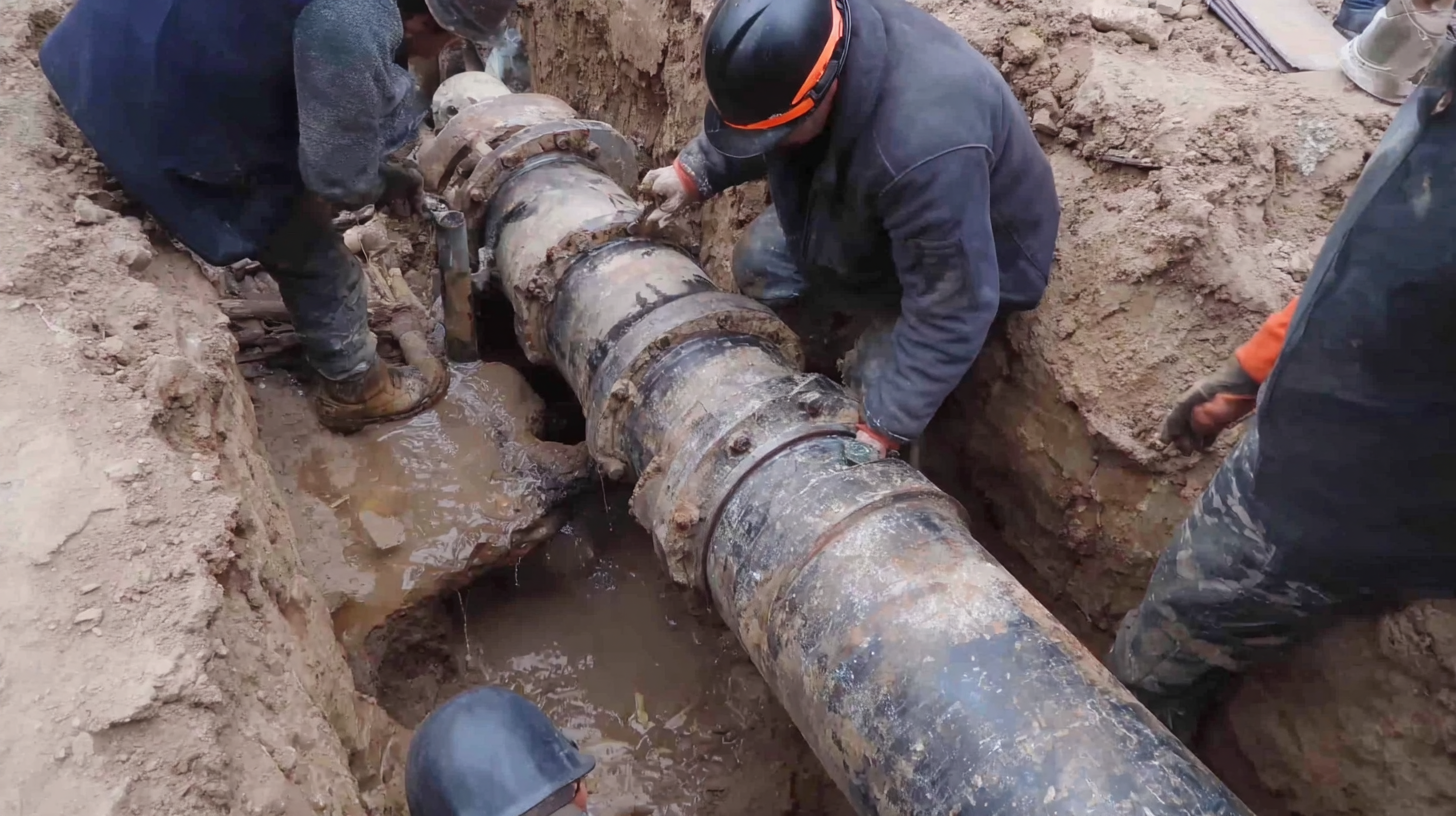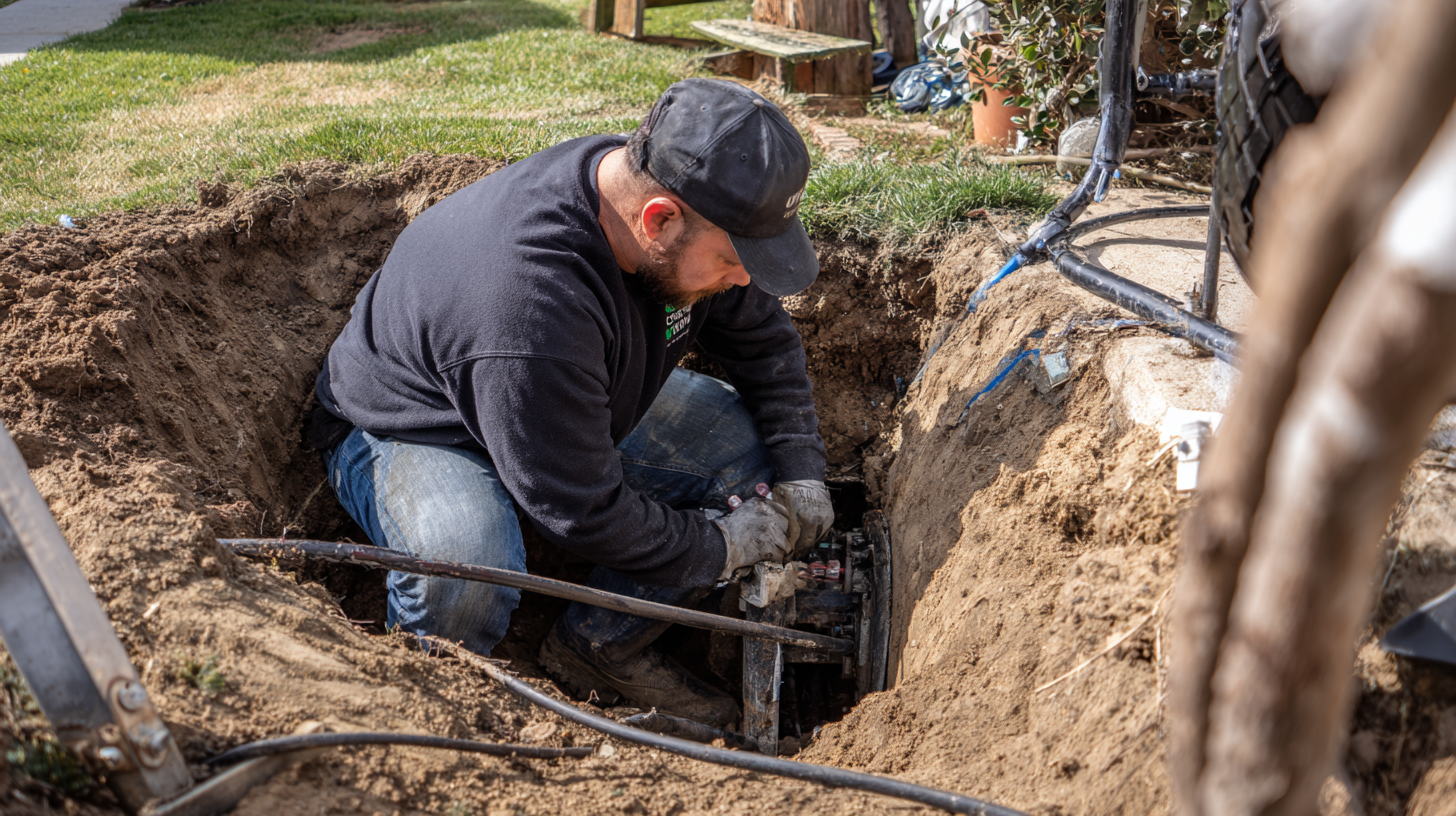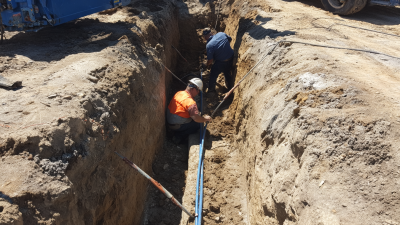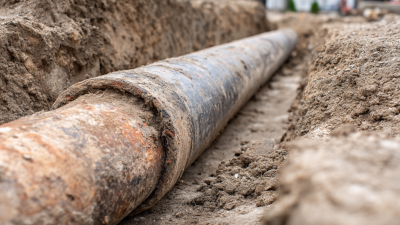How to Effectively Repair Your Sewer Line Without Digging for Long Lasting Results
When it comes to home maintenance, one of the most daunting challenges can be dealing with a damaged sewer line. Traditional methods often involve invasive digging, causing disruption and additional costs. However, advancements in technology have introduced innovative techniques that allow for effective sewer line repair without digging. This article aims to provide you with a comprehensive guide on how to implement these methods, ensuring long-lasting results that will not only restore your sewer system but also preserve your landscaping and property integrity.
Understanding the importance of timely sewer line repair cannot be overstated. A compromised sewer line can lead to a cascade of issues, from unpleasant odors to potential health hazards. Therefore, knowing your options is essential. In this guide, we will explore modern approaches such as trenchless sewer repair, which utilizes specialized equipment to access and fix the problem with minimal disruption. Preparing yourself with the right knowledge about "sewer line repair without digging" can pave the way for a hassle-free experience, ultimately saving you time, money, and worry.

Identifying Common Signs of Sewer Line Issues Before Repair
Identifying common signs of sewer line issues is crucial for homeowners aiming to address problems before they escalate into costly repairs. One of the most apparent signs is frequent backups in sinks, showers, or toilets. When water is not draining properly and consistently backs up, it can indicate a clog or damage in the sewer line, necessitating immediate attention.
Another red flag is an unusually lush patch of grass in your yard. If a section of your lawn appears greener and healthier than the surrounding area, it could signify a leak in the sewer line, causing excess moisture and nutrient enrichment. Additionally, be wary of foul odors emanating from your drains or yard, as they may indicate sewer gases escaping from broken pipes. By recognizing these signs early on, homeowners can opt for effective repair methods, potentially avoiding invasive digging and ensuring the longevity of their sewer lines.
Understanding No-Dig Repair Techniques and Their Benefits
No-dig repair techniques for sewer lines have gained popularity due to their efficiency and minimal disruption. Two prominent methods in this domain are Trenchless Cured-in-Place Pipe (CIPP) and Spray Applied Pipe Lining (SAPL). CIPP involves inserting a resin-saturated liner into the existing pipe, which is then cured to form a new pipe within the old one, effectively sealing leaks and restoring structural integrity. On the other hand, SAPL utilizes a spray application of a specialized lining material to coat the inner surface of the pipe, creating a seamless barrier against infiltration.
Both methods offer significant benefits, including reduced installation time, decreased labor costs, and less environmental impact compared to traditional excavation techniques. Recent innovations, such as quick-lock pipe rehabilitation sleeves, have further enhanced the no-dig approach. These sleeves can be quickly installed to repair specific points of damage, sealing out infiltration and restoring strength without the need for extensive digging. The advancements in no-dig technologies not only prolong the lifespan of sewer systems but also minimize surface disturbances, making them an attractive solution for many homeowners and municipalities.
Choosing the Right Tools for Sewer Line Maintenance and Repair
When it comes to sewer line maintenance and repair, selecting the right tools is crucial for achieving long-lasting results without extensive digging. One essential tool is a high-quality sewer camera. This device allows you to inspect the inside of your pipes, helping you identify blockages, cracks, or corrosion. By providing a real-time video feed, it enables homeowners and professionals to make informed decisions about the necessary repairs.
In addition to a sewer camera, having the right descaling tools is important for maintaining clean and functional pipes. A hydro jetter, for instance, uses high-pressure water to clear stubborn clogs and buildup, ensuring that the sewer line functions optimally. Pipe inspection and cleaning tools, combined with the use of effective sealants, can also help to repair small leaks and prevent future issues.
By investing in these essential tools and employing proper techniques, you can effectively maintain your sewer line and extend its lifespan without the need for invasive digging.
Step-by-Step Guide to Pipe Relining for Long-Lasting Results
 Pipe relining is an innovative method that allows homeowners to repair their sewer lines without the need for extensive digging. This process involves inserting a liner coated with resin into the damaged pipe, which is then inflated to form a sturdy new pipe within the old one. First, it’s crucial to conduct a thorough inspection using a camera to assess the condition of the sewer line and identify any blockages or damages. This initial step informs the subsequent actions and helps to determine the length and location of the liner needed for the relining process.
Pipe relining is an innovative method that allows homeowners to repair their sewer lines without the need for extensive digging. This process involves inserting a liner coated with resin into the damaged pipe, which is then inflated to form a sturdy new pipe within the old one. First, it’s crucial to conduct a thorough inspection using a camera to assess the condition of the sewer line and identify any blockages or damages. This initial step informs the subsequent actions and helps to determine the length and location of the liner needed for the relining process.
Once the inspection is complete, the next step is to clean the pipe thoroughly. High-pressure water jets or mechanical cleaning methods can be employed to remove debris, tree roots, and buildup that could hinder the adhesion of the liner. After cleaning, the resin-coated liner is carefully inserted and inflated. As the resin cures, it bonds to the existing pipe, creating a seamless, durable new pipeline. This technique not only restores functionality but also extends the lifespan of your sewer line, making it a cost-effective solution for long-lasting results. With proper maintenance and care, relined pipes can last for decades, minimizing future repair needs and disruptions.
Maintaining Your Sewer Line Post-Repair to Prevent Future Issues
Maintaining your sewer line post-repair is crucial for ensuring its longevity and preventing future issues. After utilizing advanced techniques to repair your sewer line without extensive digging, regular maintenance should become a part of your routine. Start by scheduling periodic inspections with a professional plumber who can utilize video camera technology to assess the condition of your pipes. This proactive approach allows for early detection of potential problems, such as tree root intrusion or buildup of debris, which can lead to blockages or leaks if left unaddressed.
In addition to professional inspections, adopting good practices at home can significantly enhance the longevity of your sewer line. Avoid flushing non-biodegradable items and limit the disposal of grease or oils down your kitchen sink. Employing enzyme-based cleaners can help break down organic matter in the pipes, reducing the risk of clogs. Furthermore, keeping nearby trees trimmed and roots managed can prevent root intrusion into your sewer lines. By coupling professional maintenance with conscientious daily habits, you can create a resilient sewer system that serves your home effectively for years to come.

Related Posts
-

Creative Options for Sewer Repair Without Digging Methods You Should Consider
-

Innovative Approaches to Sewer Repair Without Digging A Comparative Analysis of Efficiency and Cost
-

Unlocking the Advantages of No Dig Sewer Repair for Modern Infrastructure
-

7 Best Reasons to Choose CIPP Sewer Repair for Your Next Infrastructure Project
-

How to Use Trenchless Technology for Effective Sewer Repair Solutions
-

How to Effectively Address Sewer Line Issues without the Need for Excavation

